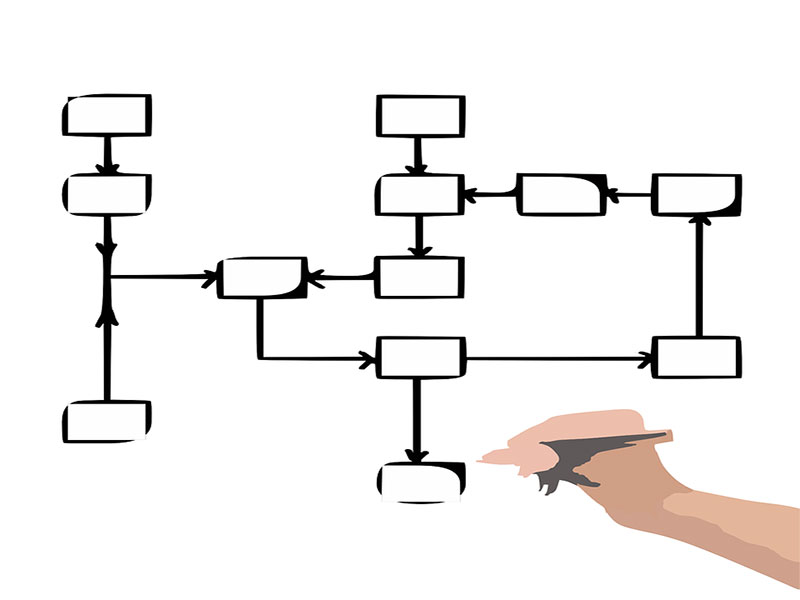
Here are a few visual ways of learning
Method 1: Visualize
Turn text into an image. The image will be a memory tool to help reconstruct what was learnt. Diagrams can be combined with symbols like arrows, boxes, circles, etc.
Method 2: Flowchart
If points are to be remembered in a certain order, a flowchart helps, especially when there is a series of events (history) or a physical process.
Method 3: Bullet points
Making a bulleted list of the main points is useful. It can be used for revision, and can be written in bold letters for easy recall, and then sentences can be reconstructed.
Here is an example of simplifying a paragraph to be learnt using the aforementioned visual learning methods.
Starting in the mouth, the food is partly broken down by chewing and salivary enzymes. The food then enters the oesophagus down to the stomach which mixes the food with gastric acid (now called chyme). Then, through the large intestine where water and electrolytes are removed from the food, bacteria help in digestion. Next the food moves through three parts of the small intestine — duodenum, ejunum and ileum. Here, bile, pancreatic and other enzymes help to break the food down further. Once out of the small intestine, the solid waste gets collected in the rectum and is excreted from the anus. This can be turned into a chart as shown. Smaller details like the acids can be inserted in the right places using a felt pen.
Also read: Nifty tricks to ace exams